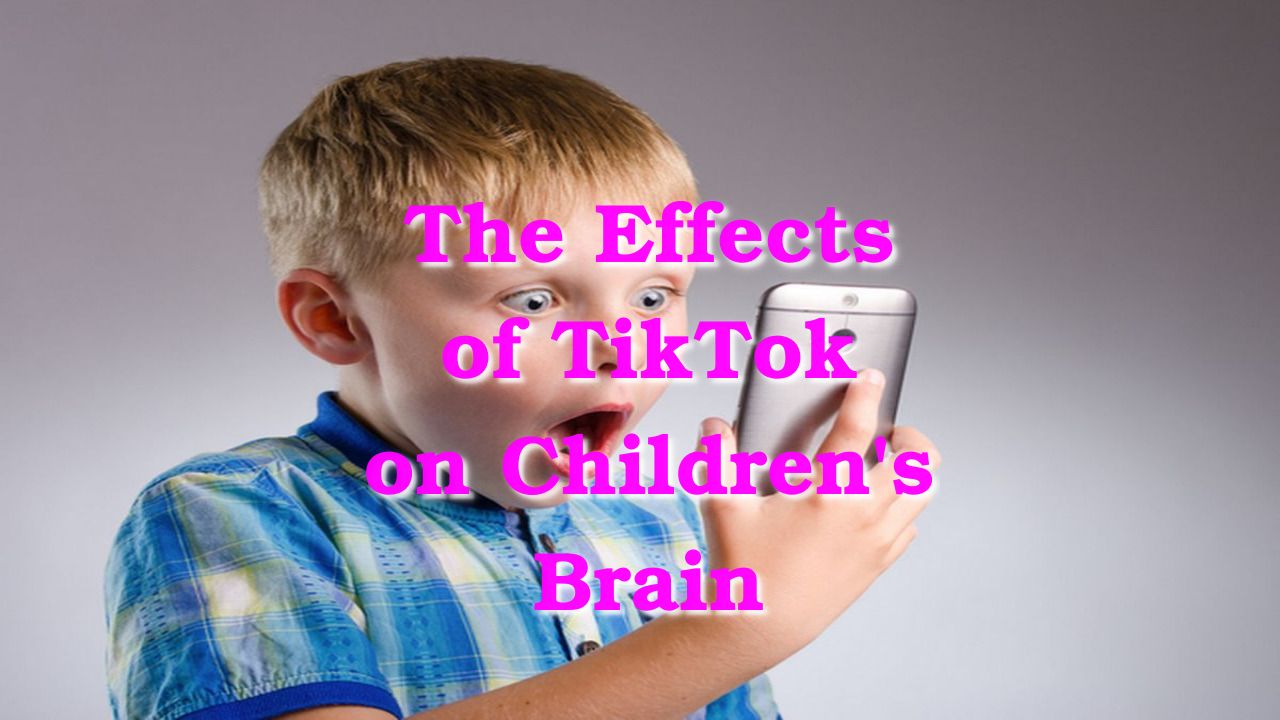The COVID-19 pandemic might be seen as the adolescence of TikTok. Before the infection and isolation, it was only popular among the young and hip. Suppose your dad has been seen dancing on a TikTok, and the government uses TikTok influencers to spearhead cyber safety programs. In that case, it’s reasonable to say that TikTok is no longer at the forefront of young people’s cultural expressions.
As of January 2021, the latest available TikTok statistics suggest that the site has 689 million monthly active users worldwide (DataReportal, 2021). TikTok has overtaken much older platforms like Snapchat, Pinterest, and Twitter to become the seventh largest in terms of user base.
Even if everyone seems to be using TikTok these days, everybody is looking for how to get followers on TikTok, but that doesn’t mean we shouldn’t learn more about how it affects our children’s brains when they use it excessively.
What Is TikTok?

TikTok is a mobile application that, for those who aren’t familiar with it, streams millions of short films. The app’s users are the ones who have uploaded these videos, and app users can customize the types of videos they see. TikTok is an effective social media app since it also enables users to like, share, and communicate with one another.
How Does TikTok Affect Children’s Brains?

As educators and parents, we’re always working to improve our student’s ability to stay on task, think critically, and apply their knowledge. These ways of thinking will help kids succeed academically and in other areas of life. TikTok strongly disagrees with this trend.
One 17-year-old was so forthright about their dependence on TikTok that they said, “I think I only have a 15-second attention span now.” I can’t even sit through an entire Netflix show without getting bored.
TikTok’s design makes it particularly harmful to the development of adolescents. They have very pliable, developing brains. Constant activity leads to the formation of specific brain pathways. In fact, for some, watching TikTok is all they do, all day, every day. They are breaking down each day into 60-second chunks.
The internet rabbit hole is something that we have experienced, especially on sites like YouTube and Pinterest. The time spent online can quickly add up as one article leads to another. TikTok is quite similar. However, it caters to a younger demographic known for having low levels of self-control. Not until one is in their mid-twenties does the brain’s judgment center develop to full maturity.
What Can You Do?

Download the app and examine it with your child
When discussing TikTok, you lose all authority if you haven’t at least given it a cursory glance. Verify that users are familiar with and use all available privacy options.
Parents should limit their children’s screen time and teach them to self-regulate
Share your strategies to keep your mind on the task at hand. There are a variety of programs available that allow users to disable their access to social media temporarily. They may, for instance, use an app called Self Control to prevent themselves from using social media for two hours while they complete their schoolwork on TikTok and Snapchat.
Schools and families must work together to instill good digital citizenship among their children.
It’s important to have respect for oneself as well as for others. In addition, you get a say in what you share on the internet.
